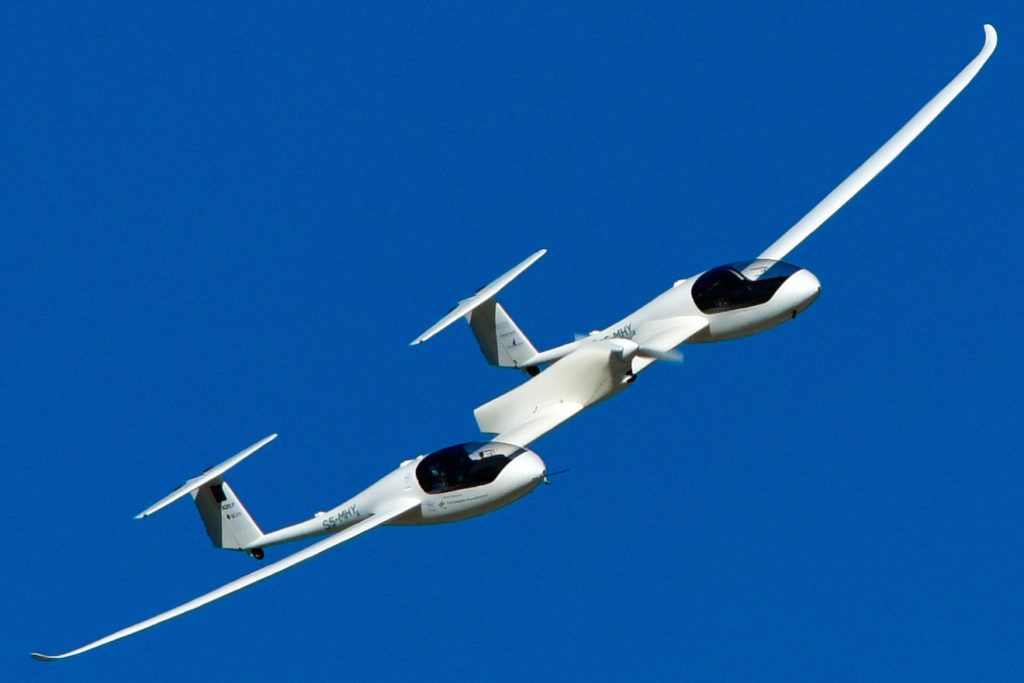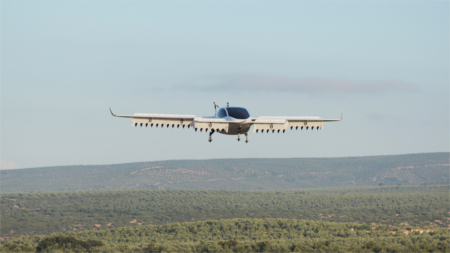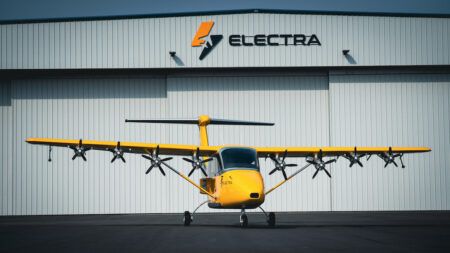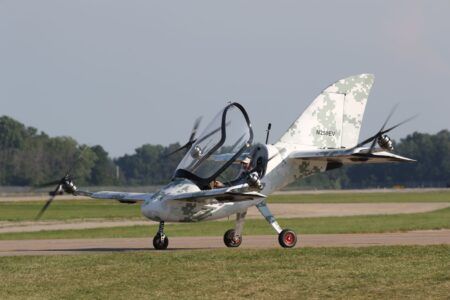Hydrogen-propulsion company H2FLY is making progress with its aircraft development program and expects to integrate a new fuel tank that will double the range of its HY4 test aircraft.
HY4 is currently operated using pressurized gaseous hydrogen and is being modified to receive a new liquid hydrogen tank. Following the integration of the new tank and fuel cells, the aircraft will begin a ground testing program early next year
Stuttgart, Germany-based H2FLY plans for the HY4, a four seat aircraft based on the Pipistrel Taurus G4, to be the world’s first commercial aircraft to fly using liquid hydrogen.
The HY4 made its maiden flight on 29 September 2016 after being developed by a program led by German research agency DLR, and involved the companies Hydrogenics, Pipistrel, H2FLY, the University of Ulm and Stuttgart Airport
The integration of the tank will be first time the team has handled liquid hydrogen on-board.
Josef Kallo, co-founder and CEO of H2FLY said, “An aircraft that uses liquid hydrogen has the potential to transform the way we travel between cities, regions and countries, delivering true zero-emissions flight on medium and long-haul flights.
“Liquid hydrogen has huge advantages over the alternative pressurised hydrogen gas, not least because it becomes possible to carry a far greater quantity on board an aircraft. The result is that significantly longer ranges are possible.
“At H2Fly we’ve always been focused on delivering and demonstrating new technology, rather than just talking about it. As we head into this exciting new phase for the company we’re looking forward to continuing that tradition and proving this important new technology.”





